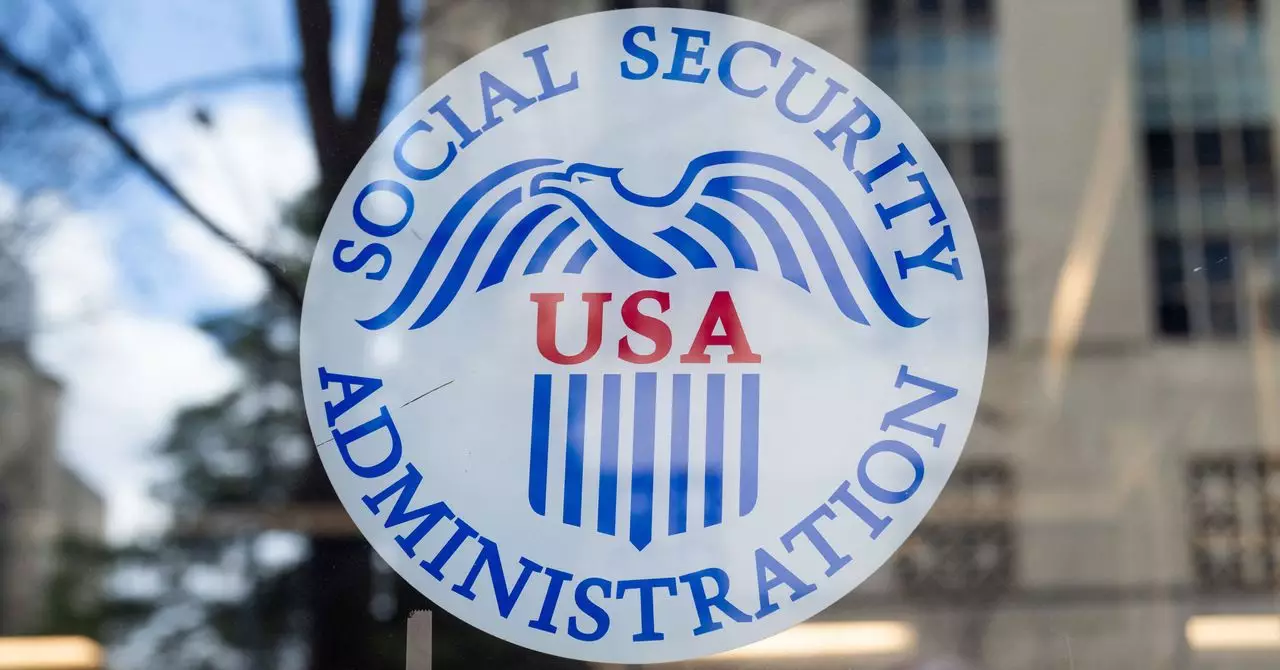In the realm of government technology, the Social Security Administration (SSA) presents a classic case of legacy systems shackling progress. At the heart of its operations lies COBOL, a programming language often derided for its outdatedness yet crucial for managing a vast array of essential functions. This code not only issues Social Security numbers but also manages payments—services that millions of Americans rely on. The complexity and fragility of this system are palpable; even minor modifications could trigger a cascade of failures that disenfranchise beneficiaries. Such is the cautionary sentiment echoed by industry experts like Dan Hon, who stresses the formidable challenges of modernizing such a pivotal institution under tight deadlines.
The consideration of the SSA’s archaic coding structure raises serious questions about the agency’s strategy. Are they prioritizing the modernization of their systems, or are they simply addressing more pressing, albeit superficial, bureaucratic concerns? Documents floating around the SSA indicate a prioritization of terminating “non-essential contracts” and exploring artificial intelligence for administrative enhancements over tackling the monumental task of migrating from COBOL. This raises the alarming possibility that the very infrastructure on which countless American lives depend may continue to be neglected.
Enter DOGE: A Bold But Risky Initiative
Recently, the involvement of DOGE operatives—identified as a youthful contingent of engineers—adds another layer to the SSA’s modernization narrative. These operatives are set to tackle what they have dubbed the “Are You Alive Project,” which aims to address improper payments and fraud. While the intent is admirable, the team’s lack of experience raises eyebrows. The juxtaposition of a tech-savvy but inexperienced group against the backdrop of an intricate and heavily utilized government system amplifies concerns about the feasibility of their ambition.
Compounding this uncertainty, the legal battles for increased access to SSA’s systems loom large. The agency’s struggle in court could derail the momentum needed for reform, effectively stalling essential initiatives. As these operatives wrestle with the task of identifying beneficiaries and rectifying records, the looming threat of legal impediments disrupts not just the timeline but also the efficacy of modernization efforts. Are these young engineers equipped to navigate the challenges presented by such an environment—one that can be likened to a “house of cards”?
AI: A Double-Edged Sword
The introduction of artificial intelligence into the migration discussion raises both hope and caution. Generative AI holds the promise of translating millions of lines of COBOL code into modern programming languages, potentially streamlining a process that would otherwise consume years. Yet, embracing such technology also invites skepticism. Many doomsayers argue that hastily adopting AI-driven solutions might lead to oversights, risking the integrity of the system and the benefits it provides. The underlying fear is echoed by that same veteran technologist who notes, “This is an environment that is held together with bail wire and duct tape.”
The excitement surrounding the modernization initiative should be tempered by an acknowledgment of the inherent risks. While AI could expedite efforts to sweep aside COBOL, it also necessitates rigorous testing and validation—a task that is no small feat when dealing with a complicated legacy system. The integrity of outputs and functionalities must align with those of the old system, something that is daunting in terms of scope and scale.
A Call for Realism in Remediation
Amidst this whirlwind of hope and skepticism, one must question the prevailing attitudes towards modernization at the SSA. The idea of a rapid transition is alluring, yet the reality demands a more pragmatic approach. Recognizing the precarious nature of existing systems and their roles in American social safety nets is imperative. To go too fast could very well mean jeopardizing the security and accuracy upon which beneficiaries depend.
The recent developments at the SSA serve as a microcosm of a larger trend, highlighting the struggle between innovation and caution that many organizations, especially government entities, face today. Transitioning from a relic of the past to a robust, modern system is not merely a technical endeavor; it is a commitment to ensuring that every citizen remains connected to essential services they are entitled to. The seriousness of this undertaking cannot be overstated, and both the societal and ethical implications of the SSA’s next steps must be carefully weighed. The path to modernization is fraught with challenges, but it ultimately must be pursued with a keen and vigilant eye on the millions of lives it impacts.

